Archives
- 2025-12
- 2025-11
- 2025-10
- 2025-09
- 2025-03
- 2025-02
- 2025-01
- 2024-12
- 2024-11
- 2024-10
- 2024-09
- 2024-08
- 2024-07
- 2024-06
- 2024-05
- 2024-04
- 2024-03
- 2024-02
- 2024-01
- 2023-12
- 2023-11
- 2023-10
- 2023-09
- 2023-08
- 2023-07
- 2023-06
- 2023-05
- 2023-04
- 2023-03
- 2023-02
- 2023-01
- 2022-12
- 2022-11
- 2022-10
- 2022-09
- 2022-08
- 2022-07
- 2022-06
- 2022-05
- 2022-04
- 2022-03
- 2022-02
- 2022-01
- 2021-12
- 2021-11
- 2021-10
- 2021-09
- 2021-08
- 2021-07
- 2021-06
- 2021-05
- 2021-04
- 2021-03
- 2021-02
- 2021-01
- 2020-12
- 2020-11
- 2020-10
- 2020-09
- 2020-08
- 2020-07
- 2020-06
- 2020-05
- 2020-04
- 2020-03
- 2020-02
- 2020-01
- 2019-12
- 2019-11
- 2019-10
- 2019-09
- 2019-08
- 2019-07
- 2019-06
- 2019-05
- 2019-04
- 2018-07
-
Perturbation in the cytokine network is correlated with disr
2020-02-24
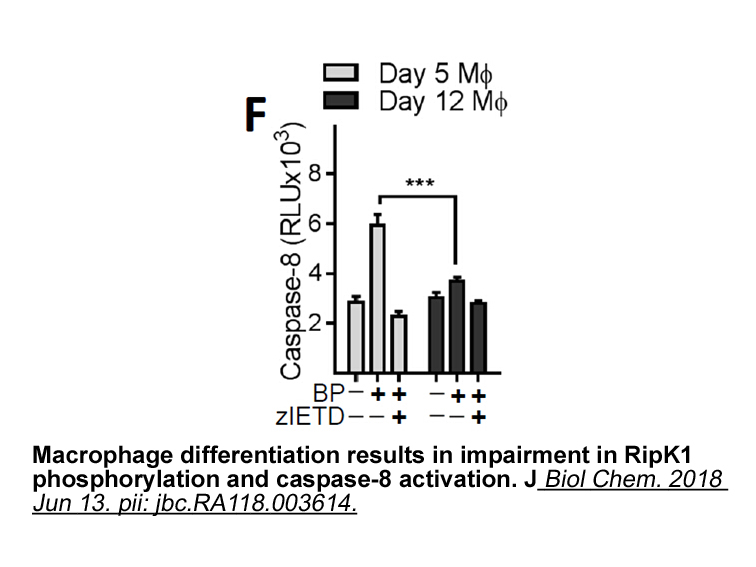
Perturbation in the cytokine network is correlated with disruption of growth hormone and glucocorticoid (GC) homeostasis (Thissen and Verniers, 1997; Sahid El-Radhi et al., 2000; Waxman and Holloway, 2009; Zhao et al., 2014), with important physiological consequences because cytokines affect the reg
-
br Materials and methods br Results br Discussion CDK and
2020-02-24
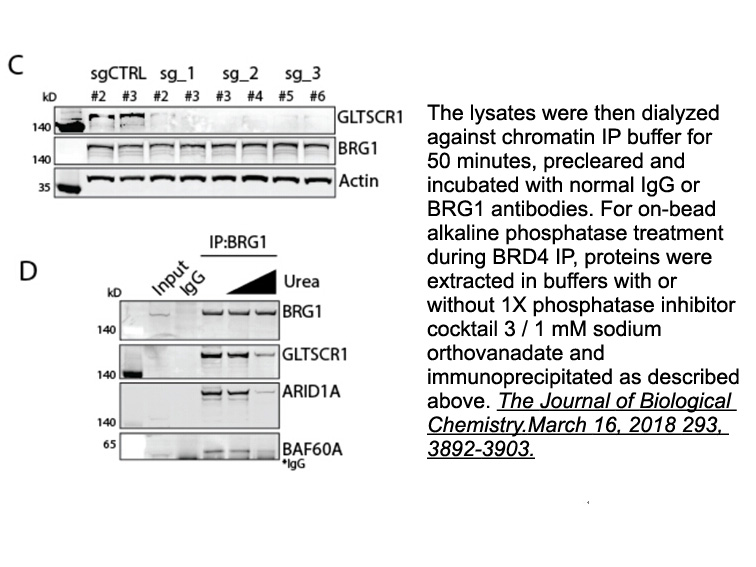
Materials and methods Results Discussion CDK and their regulatory cyclins form a family of heterodimeric kinases that are particularly important for regulation of Picrotoxin progression and transcription in tumor cells. These kinases therefore constitute biomarkers of proliferation and att
-
Chemokines act as ligands for the chemokine receptors
2020-02-24
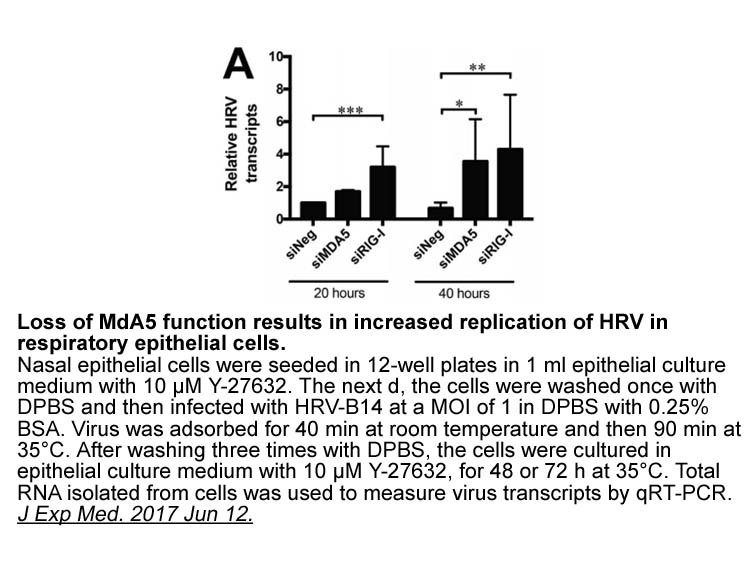
Chemokines act as ligands for the chemokine receptors, which possess 7-transmembran domain-type proteins functionally coupled to G proteins. Leukocytes express 19 chemokine receptors which control their influx and activation at the site of inflammation. Human neutrophils express both CXCR-1 and CXCR
-
The action of pt PGE as an EP receptor agonist
2020-02-24
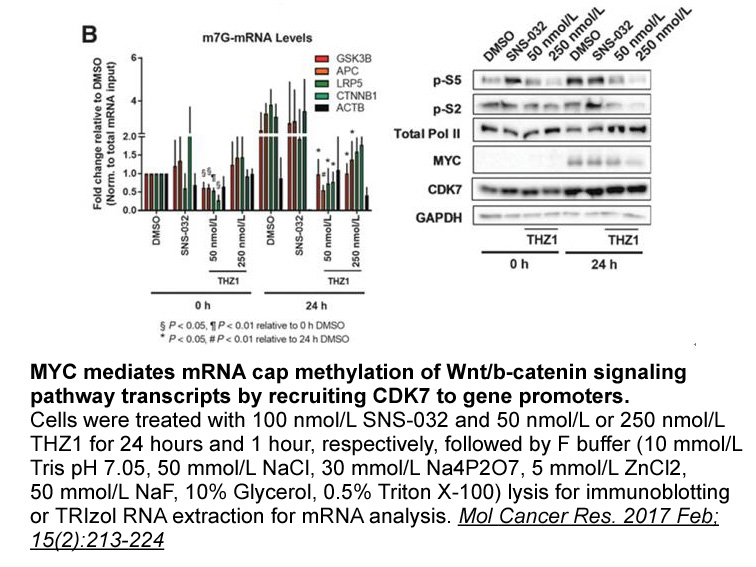
The action of 17-pt-PGE2 as an EP1 receptor agonist [34] was demonstrated in several experimental settings, including cancer, neurons, vascular system, kidney and was confirmed by application of EP1 receptor selective antagonists [35], [36], [37], [38], [39], [40], [41]. Receptor binding studies in
-
The GH family includes also xylanases which are not MeGlcA
2020-02-24
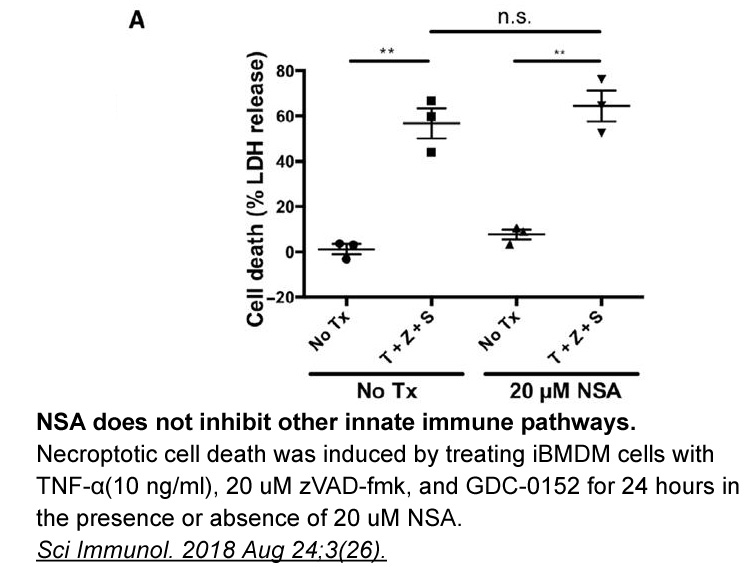
The GH30 family includes also xylanases which are not MeGlcA-dependent. Most of them are grouped to GH30_7 subfamily that includes XynIV from Trichoderma reesei showing exo- and endo-xylanase activity [11] and XYLD from Bispora sp. MEY-1 [12] having activity towards glucuronoxylan and arabinoxylan,
-
To provide a brief critical evaluation of this technology an
2020-02-24
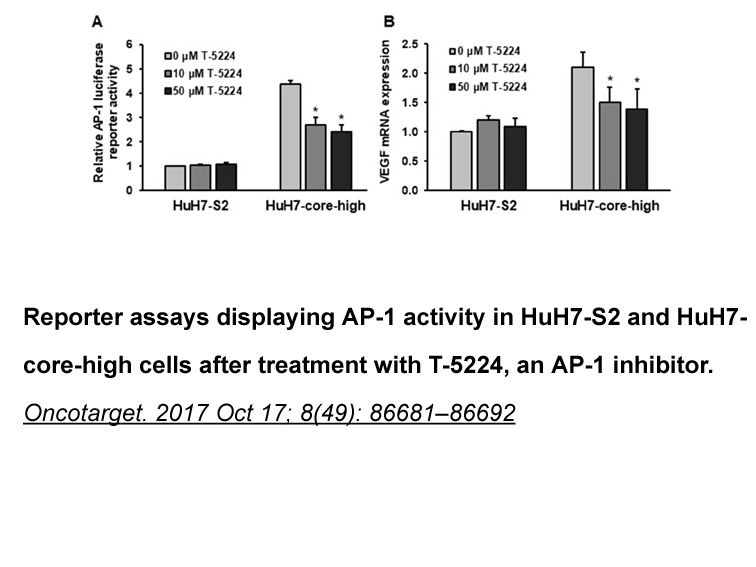
To provide a brief critical evaluation of this technology and an outlook, we note that performance of SMEPT is critically dependent on each of the components making up this platform, namely the substrate, the enzyme, and the prodrug. With regards to the latter, SMEPT is built on the experience and s
-
Although the findings detailed above
2020-02-22
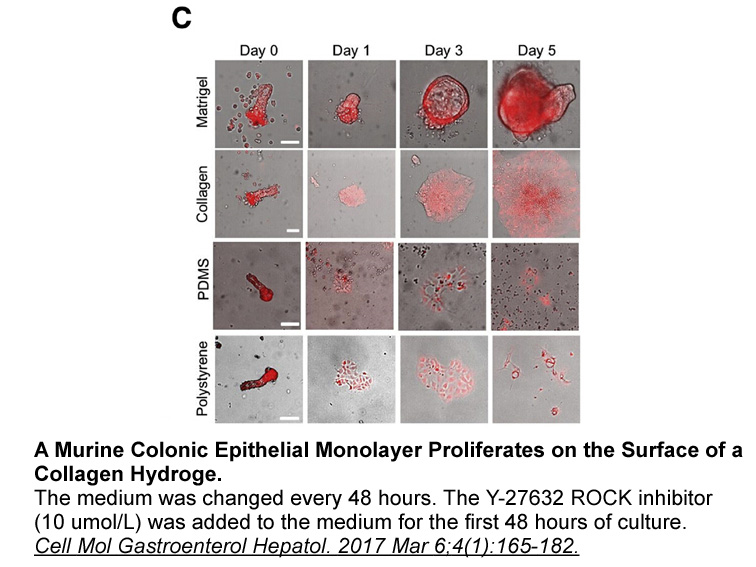
Although the findings detailed above provide ample evidence that the activity of the CRF1 receptor in the amygdala plays a role in the acute and chronic effects of alcohol exposure, several important areas of investigation remain understudied. The majority of the work on CRF1-alcohol interactions ha
-
Autophagy is a dynamic process that primarily involves autop
2020-02-22
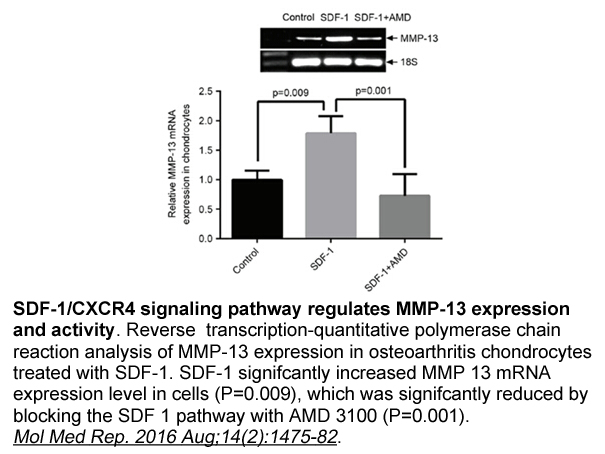
Autophagy is a dynamic process that primarily involves autophagosome formatting and lysosomal degradation, and these processes are controlled by autophagy-related genes (Atg) (Klionsky et al., 2012). The related protein SQSTM1/p62 (sequestosome 1) importantly serves as a signalling director in sever
-
Bearing in mind that temperamental
2020-02-22
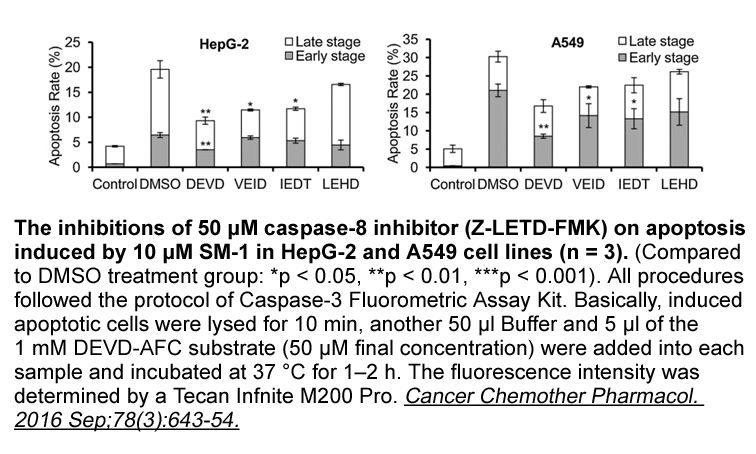
Bearing in mind that temperamental traits are genetically determined, in the present study we have chosen to investigate COMT and OPRM1 gene polymorphisms related to stimulation of the nervous system, which is extremely important in combat sports. The μ-opioid receptor gene OPRM1 is located on the
-
br Conclusions and future perspectives It is now evident
2020-02-22
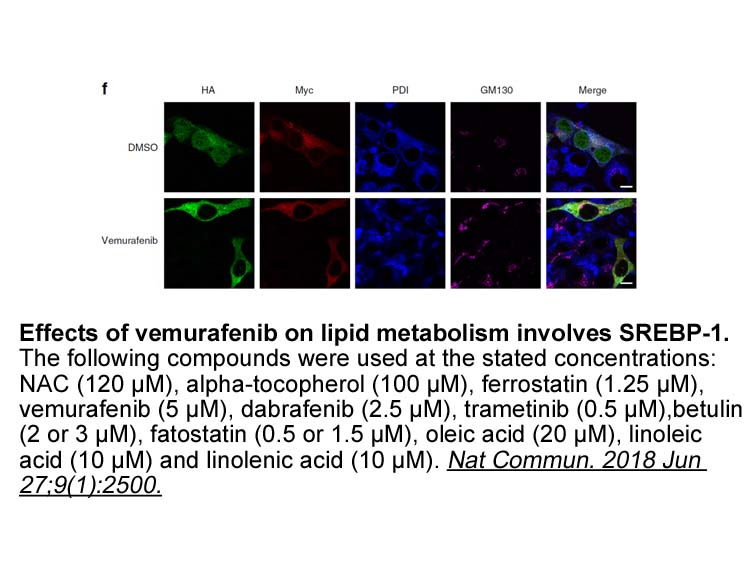
Conclusions and future perspectives It is now evident that selective ETA or nonselective endothelin receptor antagonism provides therapeutic potentials against a variety of cardiovascular diseases such as hypertension, PAH, and diabetic microvascular dysfunction (Fig. 1). However, PAH is currentl
-
Increased leukocyte trafficking and infiltration
2020-02-22
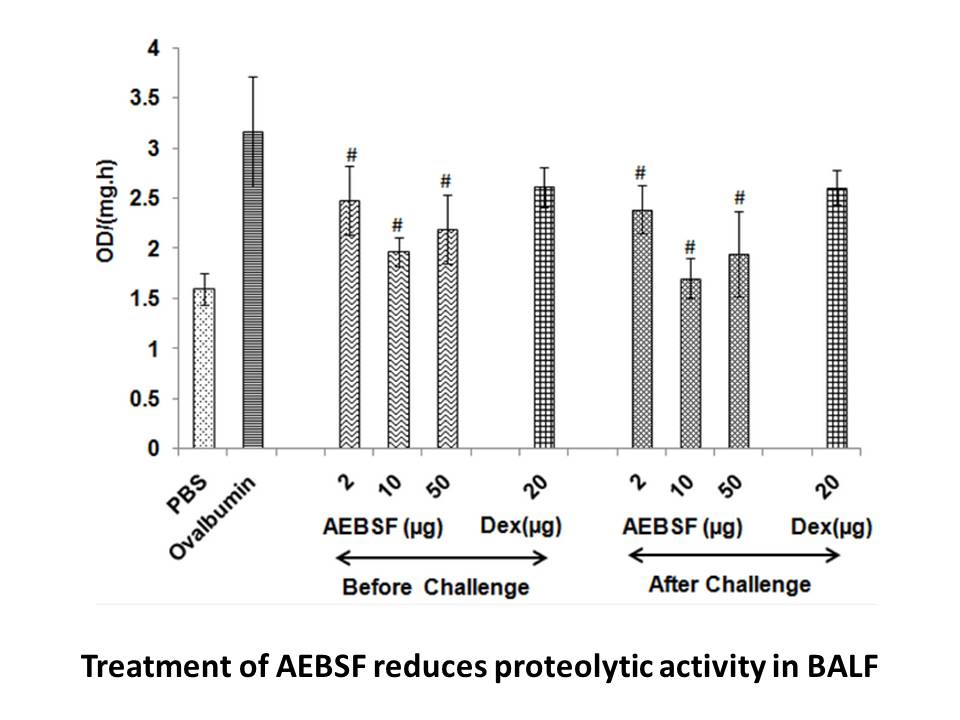
Increased leukocyte trafficking and infiltration of the vascular wall are thought to provide a key stimulus for SMC activation and subsequent neointima formation in response to vascular injury [19], [20]. The essential trigger regulating the accumulation of leukocytes in the vessel wall is the upreg
-
While showing that deletion of EP maintains femur
2020-02-22
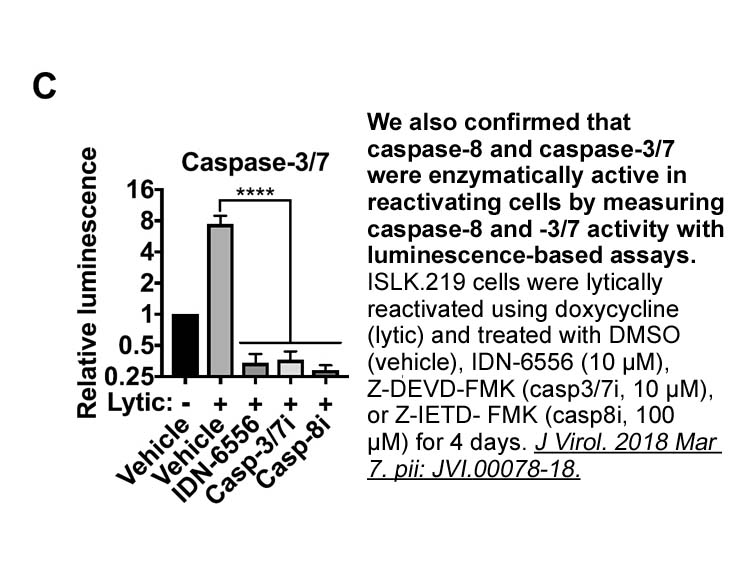
While showing that deletion of EP1 maintains femur bone volume fraction and trabecular bone parameters during aging, perhaps more importantly we have also demonstrated that increased initial BV/TV in EP1 is protective against OVX-induced bone loss. That is, while mice lose an approximately equal pe
-
br Materials and methods br Results br Discussion Tuberculos
2020-02-22
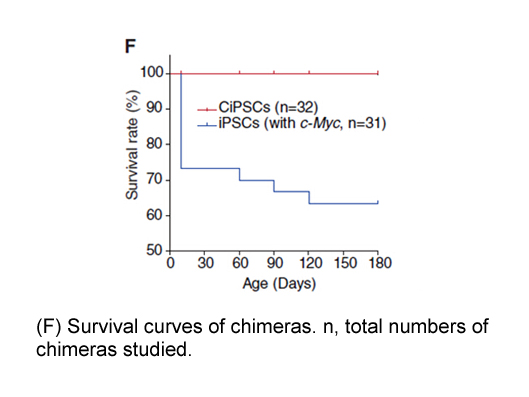
Materials and methods Results Discussion Tuberculosis is caused by the mycobacterium M. tuberculosis, a pathogen able to survive in the hostile conditions through sophisticated defence mechanisms. In an attempt to clarify some aspects of the M. tuberculosis defence mechanisms, we have inves
-
High throughput screening HTS of the AstraZeneca compound co
2020-02-22
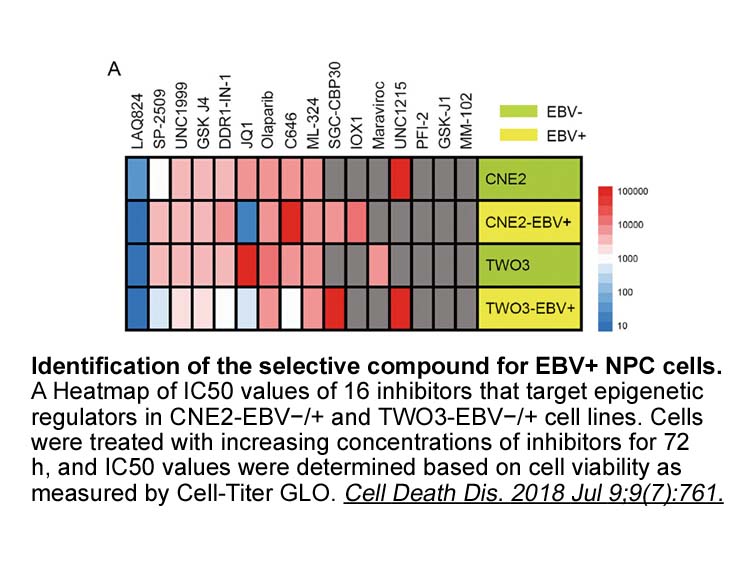
High throughput screening (HTS) of the AstraZeneca Adapalene synthesis collection was conducted and identified oxadiazole amide () originating from a kinase directed screening library (although inactive against a panel of kinases). This compound had moderate potency as a DGAT-1 inhibitor (IC=0.52μM)
-
In conclusion we developed a new CysLT and CysLT
2020-02-22
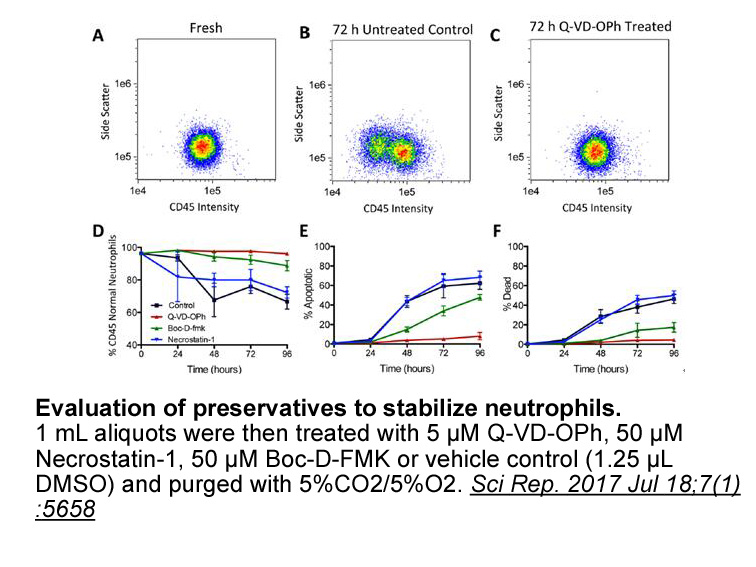
In conclusion, we developed a new CysLT1 and CysLT2 receptors-mediated anaphylaxis guinea pig model that can be useful for screening both CysLT2 receptor and CysLT1/2 receptor antagonists. In addition, we have shown that the dual CysLT1/2 receptor antagonist ONO-6950 can exert protective effect agai
15559 records 873/1038 page Previous Next First page 上5页 871872873874875 下5页 Last page